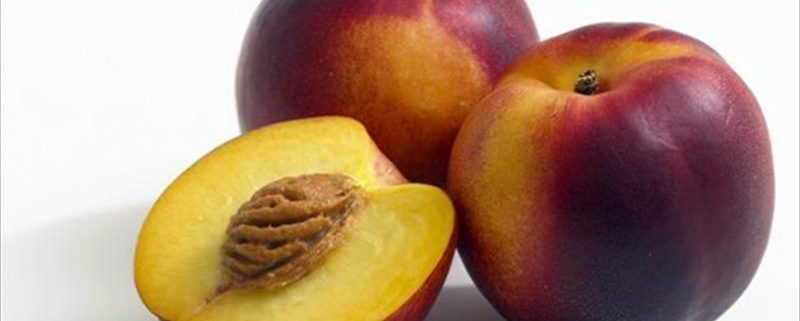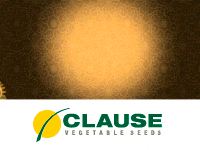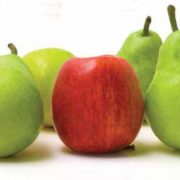The stone fruit gains ground to the nugget in Spain
The current official statistics on cultivated area of fruit of the Ministry of Agriculture, Fisheries and Food (MAPA) are significant about the current situation of the sector. The fruit of pe-pita has lost 25,285 ha of cultivation in the last fifteen years and in contrast the bone has gained 2,594 ha. Article by J.Sanchís.
Pip fruits
In 2002, the Ministry accounted for 44,674 hectares of apple trees through the Surveys and Surveys Survey. In 2017, the same Survey reduces production to 29,080 ha, to which we must add another 4,124 ha as non-commercial apple trees. In the last century, one third of the cultivated area of apple trees has been lost and more than 8,000 of the hectares that currently exist are used to make cider.
In the case of pear cultivation practically the same has happened. In 2002 there were 32,355 hectares planted and last year only 19,898 hectares were counted. The decline has been less relevant in the medlar: from 3,215 ha in 2002 to 1,775 ha today.
Stone fruits
In the fruit of bone the figures are different, except in the plum that falls sensibly and in the cherry tree that does it slightly. Of apricot trees there was in 2002 an amount of 23,314 ha and in 2007 a total of 24,998, slight increase then; of plum tree 20,402 ha in 2002 and currently 12,871, an important de-census, and in terms of melotonero / nectarina of 71,624 ha in 2002 we have reached 80,305 ha of the past year, a significant increase. In cherry, the quantities are very similar: 33,143 ha in 2002 for 32,906 ha in 2017.
Pip fruit has lost 25,285 ha in the last fifteen years and that of Bone has gained 2,594 ha.
These figures increase the activities in the stone fruit, and especially in the production of peach / nectarine, the manifesto of a balance in a continuous situation of oversupply. The optimum level of commercialization could be 1.4 million tons and in 2017 for example 1.66 million will be marketed, while in 2014 they were 2 million tons.
Other important data to observe the progression of the fruit of the pip and the bone is the state of production. According to the available data of the MAPA, in apple tree there are only 3,480 ha in first-year plantation and young and in pear 2,50
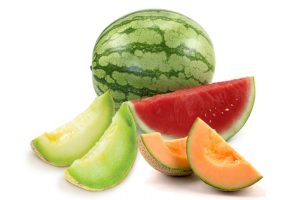
3 ha; While there are 7,874 hectares of apricot trees and 20,960 hectares of peach / nectarine, the existing pear production is about the same.
Lleida, the most important fruit province of Spain, is a significant case. In 15 years it has abandoned more than 9,200 ha of pip fruit and, on the contrary, the peach / nectarine has increased in more than 6,200 ha.
Pip fruit thus loses hectares and market in Spain, almost at the same pace as the stone fruit adds surface and conquers Europe, perhaps due to the lack of adaptation of our fruit to market requirements. In turn, consumers are finding increasing competition in pip fruit markets from Italy, Poland, France or Belgium.
The fruit is organized in OP, but of small dimension
The degree of organization of the sector in Spain is high, since 67% of the production of stone fruit is marketed through Producer Organizations (PO) and the figure rises to 75% in the case of pip fruit .
A lot of organization that yes, but of reduced dimension. In stone fruit, the average value of commercialized production is 3 million euros per year and 2 million euros in pip fruit, compared to an average for all fruits and vegetables of 11 million euros. The atomization is very large and in sweet fruit there are 217 OP of stone fruit and 137 OP of pip fruit, which totals 584 Producer Organizations, while for example Italy with a fruit production similar to ours does not arrive not even half, specifically 280 OP.
Almost one out of every two apples consumed in Spain comes from abroad. The sector advocates to promote ours.
The Producer Organizations (POs) are accused of not making effective use of the instruments offered by the operational programs and the regulations of the Common Organization of Agricultural Markets (OCMA) to deal with crisis situations such as this one, even when these instruments carry with them community financing.
MAIN CHALLENGES OF THE SECTOR
Campaign planning
The sector suffers from a lack of planning in the campaigns without adopting sufficient measures to discourage its production or to direct the conversion to other types of varieties, using the possibilities offered by the operational programs. A program of abandonment of farms is demanded from the producers through the cessation of activity that would especially affect those of older people and the older farms. They would also bet on a limitation of new plantations.
The repeated price crisis suffered by the sector in recent seasons has prevented innovation as it would be desirable. The varietal reconversion plan is especially necessary for apples and pears, since there are plantations with varieties that do not adapt to market needs or have uncompetitive yields. But it should also include peaches and nectarines to seasonally adjust production (starting July and August varieties to reconvert them into early or late varieties).
Increase consumption
The consumption of fruit in the countries of the European Union and Spain, even though it is one of the countries with the highest per capita consumption in Europe, is much lower than the levels recommended by the most important International Organizations in terms of health. Consumption is even lower if we go to the segment of the child population, which is a symptomatic data for the future.
The fall in domestic consumption is especially evident in peach and nectarine, a 22 percent drop in ten years compared to an increase in total fruit consumption of 4% in the same period.
The case of the apple is even more evident. Several studies have shown that one out of every two apples consumed in Spain is imported. The consumption of pears and apples at European level has grown by 1.3 percent, thanks to the increase in countries like Italy (+5.3 percent), the Netherlands (+4.3 percent) or Germany (+3, 1 percent), in Spain it has fallen to 3.6 percent.
The volumes of Spanish imports in the case of the nectarine were 7,606 tons and in peach 3,777; while in apple imports amounted to 207,287 tons for a value of 203.9 million euros.
Manel Simon, CEO of Afrucat, points out that “we are in a crucial economic moment for fruit growing, with a good production highly competitive; therefore, it is time to promote what is ours as they do in the rest of Europe. “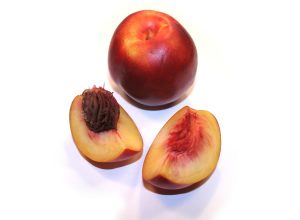
Fepex pome fruit committee has also agreed to ask the consumer to demand local fruit at the point of sale and choose those brands that support production. They have also asked for more awareness to all the chains that have not yet made the commitment to support the Spanish production areas and their economy. As for the administration, they have been asked to continue in the line in which they are already working, with proximity strategies and meetings with the chains to ask them to prioritize Spanish production.
An interprofessional of the sector
The promotion is a problem because the fruit sector also does not have an interprofessional organization, only some quality brands. An interprofessional, in addition to constituting a sectorial forum in which the problems that affect them could be analyzed, could be an instrument of the first order to be able to carry out promotional campaigns of entity and scope financed by the European Commission, especially when the lack of promotion of the product is also one of the problems that the sector is dragging.
New markets to compensate for the Russian veto
94% of the Spanish stone fruit is exported within the European Union and hence the export to third countries is practically residual, so it is necessary to explore new potential markets.
The closure of Russian borders to community exports for political reasons in 2014 forced the sector to look for other markets for the 120,000 tons that were exported directly from Spain. To mitigate the negative effects of the closure of the Russian market, Brussels launched various support measures such as the withdrawal of fruit from the market to avoid surpluses for a volume of more than 30 million euros, insufficient in the opinion of the sector.
The drop in consumption, added to the excess production in some stone fruit productions and the barriers to exports have plunged the sector into a crossroads from which it intends to leave with the support of the Administration.
Proposals from the Ministry of Agriculture
Thus, faced with the demands of the sector, the Ministry of Agriculture has launched a proposal for an improvement plan. In the conjunctural part, reduced taxes and two million euros are offered to guarantee credits up to a total of 40 million euros at an interest rate of 1.75% at five years and with a deficiency.
The eradication measure is not rejected, but has no cost to the State and is based on funds that can be managed by the producer organizations themselves. In relation to the request to limit the new plantations, Agriculture warns that the community regulations prevent it and proposes a greater control and information of the sector on them.
The Administration agrees with the empowerment of the producer organizations and with the constitution of the interprofessional fruit, as well as the need to strengthen the standard contracts, the promotion of the quality of the demand, the improvement of the food chain, the implementation of a code of good practices and export support.



